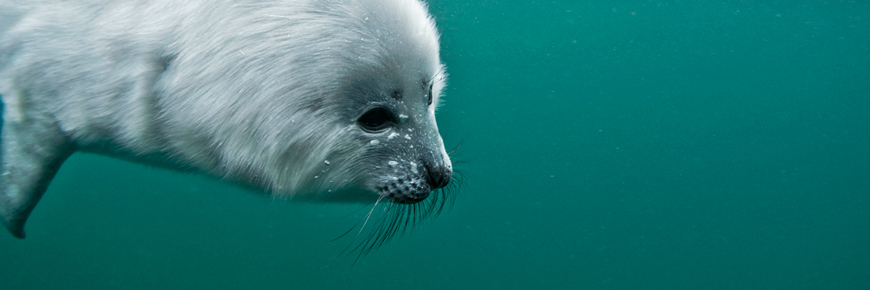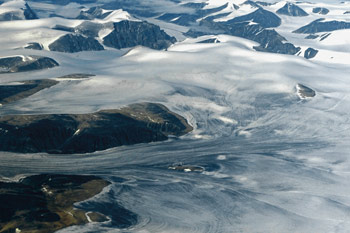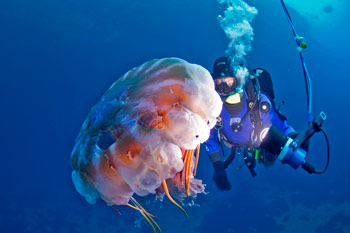
© Mario Cyr
Ecological values


The Tallurutiup Imanga region is a globally significant ecological treasure that is the ecological engine of the entire eastern Canadian Arctic marine ecosystem.
Part of its importance is linked to the presence of polynyas—large open water winter oases in the Arctic—which allow early productivity and attract large numbers of marine birds and mammals. These are also areas where Inuit undertake many traditional activities.
Wind and current-driven upwelling bring nutrients to the surface, leading to high productivity along the floe edges of polynyas and during the open water season. Currents at the mouth of Tallurutiup Imanga move nutrients east, west, north and south, nourishing the entire region.
The Tallurutiup Imanga region is a major east-west migratory corridor leading from Baffin Bay into the Arctic Archipelago and linking wintering and summering areas. Most species present are migratory and they all depend on this region as they move from one essential habitat to another.
The area provides essential habitat for narwhal (up to 75% of the global population); beluga (20% of the Canadian population); polar bears (largest subpopulation in Canada); and several seabird species (some of the largest colonies in the Canadian Arctic).
Inuit have a very strong emotional link to the land and wildlife. The establishment of an NMCA is important for our traditional lifestyle and country food—the ocean is like a forest to us and we feed on the animals in the ocean.
Inuit have long depended upon marine resources for their survival. Throughout history, Inuit have developed specialized tools, harvesting practices and values that have significantly influenced the development of modern and sustainable fisheries in Nunavut. The fishing industry, including both subsistence and commercial fisheries, has continued this rich heritage into the modern era as a fundamental aspect of the health and well-being of the people of Nunavut (Nunavummiut).
Tallurutiup Imanga National Marine Conservation Area is a mean to holistically manage the introduction of commercial fisheries in this area, in partnership with Inuit and Fisheries and Oceans Canada, which maintains its jurisdiction over fisheries in NMCAs. Done in an ecologically sustainable manner, locally based commercial and recreational fisheries could be compatible with the overall management of the NMCA in Tallurutiup Imanga.
Regardless of climate change and potential change in ice cover, the Tallurutiup Imanga region will remain an ecologically important area as the physical processes which are responsible for productivity remain, though species composition may change over time.
- Date modified :